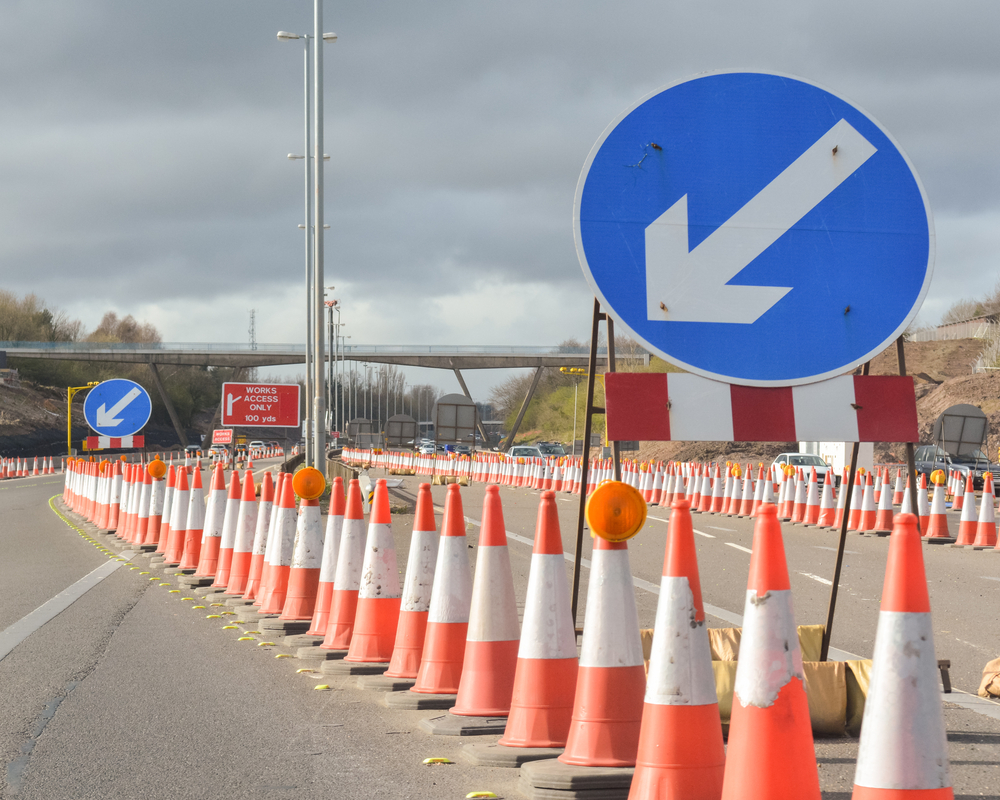DVSA's technology modernization journey

The DVSA (Driver and Vehicle Standards Agency), which focuses on improving road safety in Britain by setting and enforcing the standards for vehicles, driving and motorcycling, is transforming its technology landscape from primarily outsourced contracts to in-sourced agile delivered services using a combination of vendors and employees. As part of this, the agency has deployed a technology service desk.
Known as the Technical Support Service, it supports the DVSA’s new MOT software application currently in use by thousands of MOT testers around the UK delivering around 150,000 MOT tests daily. Here I will explain the modernization journey and why it was vital to support the agency’s strategic direction.
Our previous MOT solution was a fully outsourced, 10-year contract, which started in 2005 and included the mainframe backend, all software and dedicated garage hardware provided by the supplier. Flexibility was limited -- it was still a dial-up service in 2015 with only one garage refresh of hardware over 10 years, and no mobile support. As these types of legacy contracts come to an end, DVSA is sourcing in a different way: on shorter contracts for differing elements of our technology, with running, improvement and control of the service remaining with the agency.
In the period up to the end of the outsource contract the agency used an agile model to develop the new digital service -- starting with a minimum viable product release and then delivering constant, regular improvements to the software based on feedback from users. With regular reviews and approval, we have been able to introduce more flexibility and a quicker pace of change to the software we provide to MOT testers. With 80,000 users and almost 23,000 garages using the service, it was important we also gave them the freedom to access the software from whatever device or computer suited them best.
The service handles 42 million MOT tests and supports over a billion pounds of garage transactions annually. After an independent assessment of cloud technology providers, Amazon Web Services (AWS) was selected as the right technology partner for the MOT service. The service was the first national government service to be hosted at scale on AWS. The production environment was built in 10-weeks and 'cut-over' in a single weekend. It was higher risk than I would have liked, but necessary to ensure that the service was on the right path for the next phase of the journey.
Our outsource model has been replaced by shorter, more flexible contracts with multiple suppliers. We’ve utilized the government digital marketplace to access vendors. We needed a cohesive single team to support our technology projects and collaboration was initially a challenge, but the multi-vendor, blended delivery team is now working together effectively.
Working with variable scope, that agile needs, means we need to measure vendor performance in different ways, such as points burn, defects generated and quality reviews of code. This enables us to deliver maximum value without the constraint of fixed scope delivery.
As the new MOT service was launched, we also launched the service desk to support the application and its users. This Technical Support Service [TSS] is operated by BJSS, which is a delivery-focused IT consultancy with over 20 years' software delivery and IT advisory experience in private and public sectors. BJSS has been instrumental in driving dramatic cost and efficiency improvements for the UK Government.
At its peak, the TSS consisted of 75 people, although now it has a core group of 18. We also have internal approval for over 20 new people to join our digital team, but recruitment of the right people is a challenge, so the contribution of BJSS remains important.
The TSS was set up in a similar fashion to the MOT software application -- starting with a minimum viable product and the service desk has continued to evolve from there. We now use the TSS for two core functions. Firstly, to provide incident and change management for MOT testers. The service, which is second line technical support and sits behind the business service desk, handles around 300 support tickets per month.
Second, the TSS manages the production environment ensuring software updates are fit for purpose and will be successful. The TSS is a key stakeholder in the process and has the authority to challenge a release if it does not meet the required criteria, taking over after the development team has delivered a release candidate - acceptance testing and performance testing. New software updates are typically released on a Wednesday night -- there have been over 180 releases since September 2015 and downtime has been kept to out-of-hours. We are developing our blue-green deployment approach that will move us to deployment without downtime in the coming months.
The agile delivery process means users are seeing improvements to the application much more regularly than they did with the old solution. We are measuring the velocity of development sprints and value throughput to end users. We have the backlog of change planned out for several months ahead, but with flexibility to flex the backlog as needed by the service management team.
In the future, we’ll be scaling the TSS. Eventually other applications provided by DVSA -- such as the system to support goods vehicle operator licensing or commercial vehicle testing -- will be supported by the TSS as well.
Government’s aim has been to move towards more agile, short-term, less rigid contracts and I think the MOT modernization program has been a great example of this working successfully. In a recent Government Digital Service peer review they concluded that this MOT is one of the best agile projects they have seen in flight in government to date, and can be seen as an exemplar of the benefits of working collaboratively in an agile way.
Our journey continues as we modernize our other services supporting the agency’s strategic journey. We have now started a similar modernization journey for the driver and rider services technology and commercial vehicle testing technology which have both also been outsourced for many years.
Photo Credit: kay roxby/Shutterstock
 James Munson is the director of digital services and technology at the Driver Vehicle Standards Agency. He joined the DVSA in March 2015, and before that he was Director of IT at the University and College Admissions Service (UCAS), and Director of IT at Unite Group plc. James has worked at a variety of large organisations including General Electric, PwC and Hitachi.
James Munson is the director of digital services and technology at the Driver Vehicle Standards Agency. He joined the DVSA in March 2015, and before that he was Director of IT at the University and College Admissions Service (UCAS), and Director of IT at Unite Group plc. James has worked at a variety of large organisations including General Electric, PwC and Hitachi.